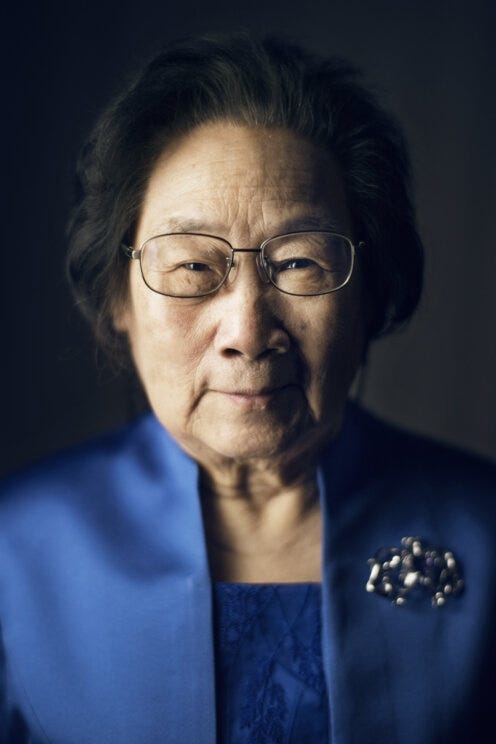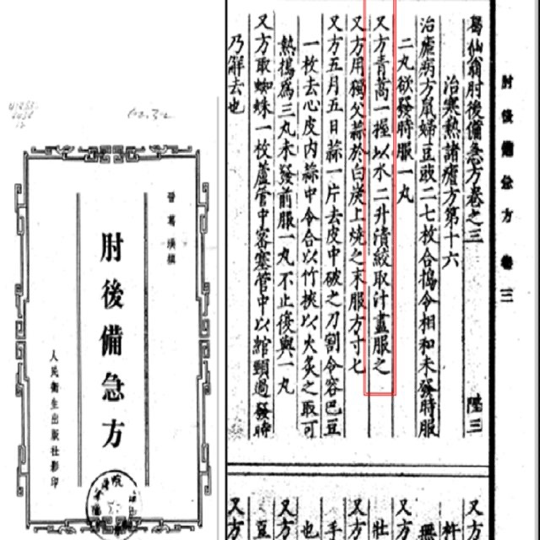The Remarkable Journey of Nobel Laureate Tu Youyou
Written on
Chapter 1: Early Inspirations
The tale of Tu Youyou, a Nobel Laureate, is undoubtedly one of the most captivating narratives within the scientific community.

Her name draws inspiration from a line in her father's cherished poem that mentions the sound made by deer—“youyou”—as they consume wild qinghao. It’s quite rare for someone to be named after an animal’s call. Remarkably, she earned a Nobel Prize by delving into a field often dismissed as pseudoscience—Chinese herbal medicine. This is her remarkable story.
Tu's interest in medicine was ignited when she battled tuberculosis at the age of 16, leading to a two-year hospitalization during the 1940s. The medical advancements of that era were limited, motivating her to pursue a cure for seemingly incurable diseases.
After completing her studies as a pharmacologist, she joined the Academy of Traditional Chinese Medicine, focusing on classifying medicinal plants and mastering the extraction of active ingredients.
By the 1950s and 60s, Tu began exploring Western pharmaceutical methods—a bold choice in Mao Zedong’s China, where intellectuals were often regarded as threats, leading to many facing dire fates.
Eventually, the Communist Party sought her expertise—not to eliminate her, but to involve her in a clandestine mission.
In the late 1960s, Chairman Mao established a covert initiative to discover a new malaria treatment—Project 523.
Why this urgency? Malaria was devastating Chinese troops in North Vietnam, and with chloroquine proving ineffective due to rising resistance, the nation faced significant losses. Tu's dual training in traditional and modern medicine made her the ideal candidate for this critical task.

As Tu embarked on her quest, over 240,000 compounds had already been tested without success. How would she uncover an effective solution?
Opting for an unconventional route, she turned to ancient Chinese medical texts. Perhaps the remedy was hidden within the herbal manuscripts of the Han or Qing dynasties.
For the next two years, Tu traversed China, engaging with practitioners, studying ancient writings, and meticulously documenting her findings in a notebook she titled “A Collection of Single Practical Prescriptions for Anti-Malaria.”
Her extensive search involved creating nearly 400 extracts from over 200 herbs, based on more than 2000 traditional recipes. Ultimately, she stumbled upon a remedy for intermittent fevers in a 1600-year-old text, “Emergency Prescriptions to Keep Up One’s Sleeve.” The instructions indicated soaking a single bunch of qinghao in hot water to extract its juice.

Through her research on the qinghao plant, Tu and her team discovered that not the entire plant was beneficial; only specific leaves harvested at a particular time before flowering held the key.
Yet, their effectiveness still fell short. Returning to the ancient texts, Tu encountered a paper from 340 BCE that revealed the leaves should be soaked in cold water rather than boiling water—a simple adjustment that would ultimately save millions.
Due to the project’s secretive nature, Tu Youyou did not receive recognition for her groundbreaking discovery for many years.
Her story is extraordinary; while scientists worldwide were making advancements, she uncovered a malaria cure without a PhD or formal scientific training, all by exploring what many deemed the wrong sources.
The serendipity of finding the remedy in a 1600-year-old text—specifically from the qinghao plant—was remarkable. The deer referenced in the poem that inspired her name was also feeding on qinghao.
This coincidence led Tu Youyou to feel she had a greater purpose in life.
And there's another fascinating twist: the medication she discovered was named Artemisinin by Western scientists, after the Greek goddess Artemis, who is often depicted with a deer.

Chapter 2: The Impact of Tu Youyou's Discovery
In this video, Tu Youyou discusses the meaningful coincidences that led to her groundbreaking discovery in medicine.
Explore the intriguing notion of coincidences through the lens of cultural narratives in this engaging performance from Comicstaan Season 2.